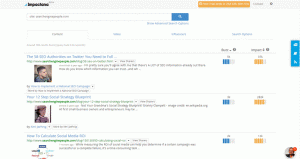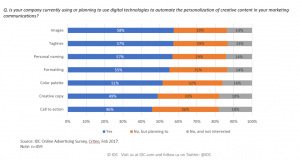Kantar Finds Direct Correlation Between Avoiding Ads, Viewer Experience, Purchases

There is a direct correlation between the likeability of advertising and its ability to drive positive performance, according to data released Thursday.
Some 56% of U.S. viewers use some form of ad-blocker, and 86% of viewers avoid ads altogether.
The most popular method of avoiding ads is leaving the room or to do an unrelated task, at 89%, followed by ad skipping at 88% and switching channels at 81%, Mirriad CEO Stephan Beringer says.
“We wanted to know the reaction of in-scene ads compared with traditional ad formats,” he said. “When people are exposed to an ad during an ad break, they immediately switch to another activity. Somewhere between 86% and 89% confronted with advertising leave the room to do something else, and 43% switch off the device.”
The key triggers for negative sentiments are repetition, at 42%; over-saturation, at 40%; and ads being perceived as intrusive, at 25%; and dull and boring, at 22%, according to findings from a study commissioned by Mirriad, an in-content advertising company, in partnership with Kantar that analyzed the perception of people.
Dynamic content served in real time that appears within a scene drives 40% higher online purchase and 27% higher in-store purchase, according to the data. The average increase in purchase intent rises by 9 percentage points, with a 35% increase in the purchase of featured products following the exposure.
Rather than watch an ad, viewers of TV and video said they feel much more positive about in-content advertising and take no steps to avoid the product-placement type of ad format.
The study, Hack to the Future: Understanding viewers’ attitudes and preferences to overcome ad avoidance, found 86% of all television and video viewers take actions to avoid advertising when it comes to watching broadcast and network TV, streaming, and online video.
Many U.S. consumers are still buying more this year, compared with last, but spending growth continues to slow. Year-over-year consumer spent less, from 4.2% in the first quarter to 1.6% in the second, according to the National Retail Federation (NFR).
Retail sales as calculated by NRF – excluding automobile dealers, gasoline stations and restaurants – rose 3.1% unadjusted year over year in the second quarter. That kept up with inflation but was below the 4% growth for the first six months of the year.
The study by Mirrad and Kantar shows that a viewer’s negative perception of an advertising format leads to lower ad effectiveness and purchase activity.
Viewers are so over-saturated by TV and video ads that they dislike and avoid the format — and when they actually see the ads, purchase the advertised products and services at a lower rate compared to when they are exposed to in-content advertising.
That targeted ad experience relies on dynamic, personalized ads supported by data owned by the brand — an alternative to product placement. The brand places the items virtually into the content, which lets one household see one product on the kitchen table and another household sees another. The company began doing this six years ago, but only three years ago in the United States.
“Over-saturating will create a negative experience,” says Beringer. “There’s no recipe in the traditional model, but there is when you go into the content. Through the content brands can deliver a targeted ad experience.”
(6)






